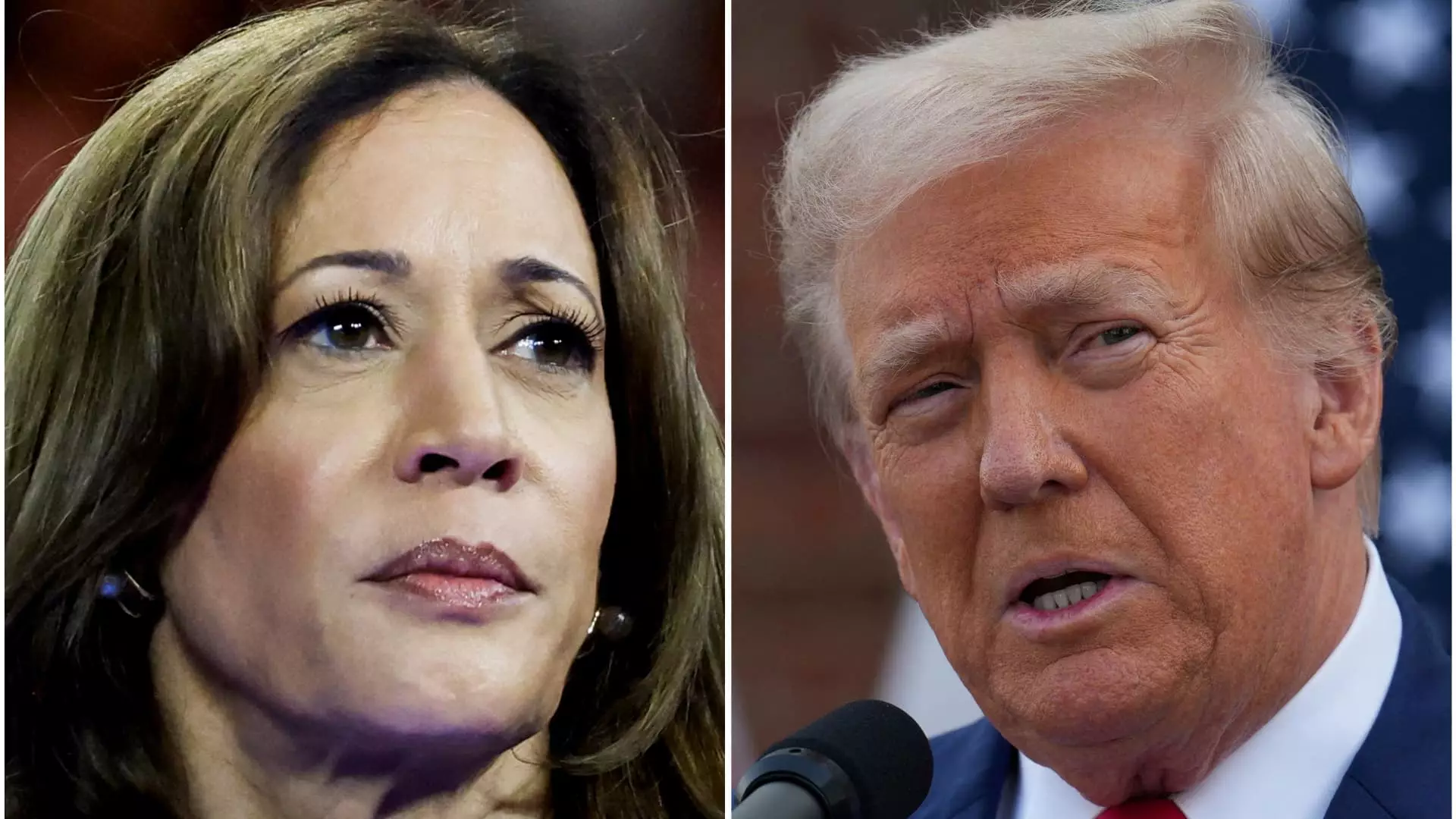As the upcoming election gains momentum, investors are closely monitoring the potential impact of proposed capital gains tax changes. Democratic presidential nominee Vice President Kamala Harris recently put forward a plan to implement a 28% tax on long-term capital gains for individuals earning more than $1 million annually, which is an increase from the current 20% rate. This proposal has garnered both support and skepticism, with Senator Bernie Sanders suggesting an even higher tax rate and questioning the pragmatism behind Harris’ plan.
Harris’ proposal differs from President Joe Biden’s 2025 fiscal year budget, which suggests a 39.6% long-term capital gains tax for those with an annual income exceeding $1 million. Additionally, Harris’ plan includes raising the net investment income tax (NIIT) from 3.8% to 5%, while Biden’s budget recommends a similar NIIT increase for individuals with modified adjusted gross income over $400,000. These proposed changes could potentially result in a combined tax rate of 33% or 44.6% for top earners, depending on the final implementation.
Historically, capital gains tax rates have generally been lower than ordinary income tax rates, with preferential rates applied to qualified dividends and long-term capital gains. If Harris’ proposal is enacted, the combined 33% capital gains rate for top earners would mark the highest rate since 1978. Notably, former President Ronald Reagan had introduced a 28% top capital gains rate (excluding the NIIT) in 1986, which aligned with the ordinary income rate at the time. Subsequent changes in tax policies by former Presidents George W. Bush and Donald Trump led to fluctuations in the capital gains tax rates over the years.
The proposed changes in capital gains tax rates add a layer of uncertainty for investors, as it can influence their decision-making process regarding asset sales and tax liabilities. Higher tax rates may prompt investors to defer selling assets, while lower rates could incentivize immediate realization of gains. The unpredictability of capital gains revenue due to fluctuating market conditions and investor behaviors poses challenges for policymakers in estimating potential tax collections. Additionally, the lock-in effect associated with capital gains tax may strengthen with a higher tax rate, potentially altering investors’ investment strategies and financial planning.
The impending capital gains tax changes proposed by different political candidates raise important considerations for investors in managing their portfolios and tax obligations. The potential impact of these changes on investment decisions, tax planning, and overall economic stability underscores the significance of understanding and adapting to evolving tax policies. As investors navigate the complex landscape of capital gains taxation, staying informed and seeking expert guidance can help them make informed decisions in an ever-changing financial environment.

